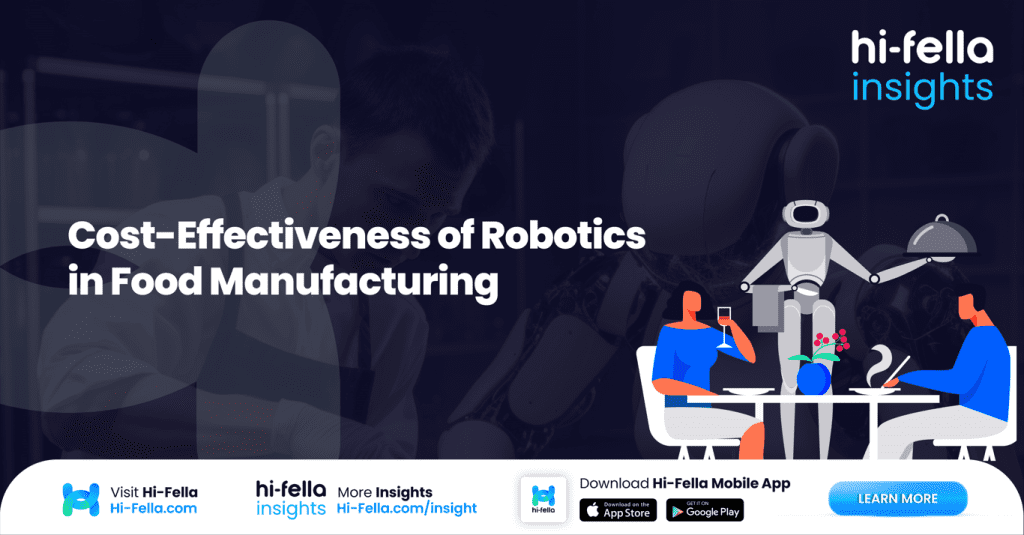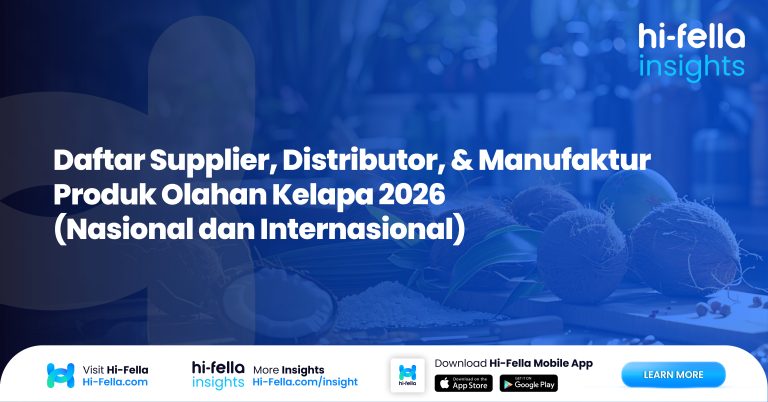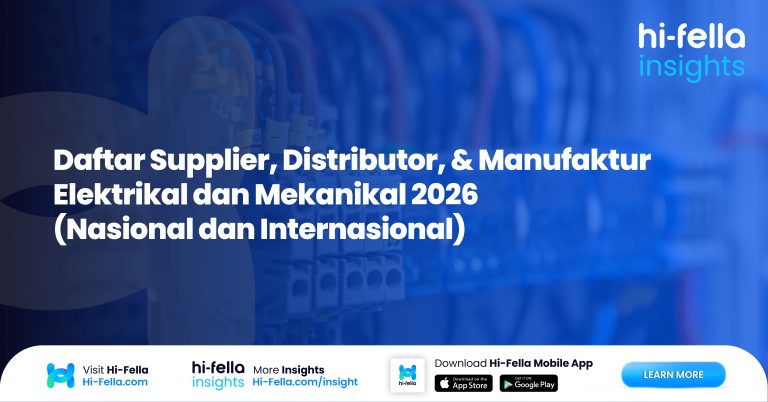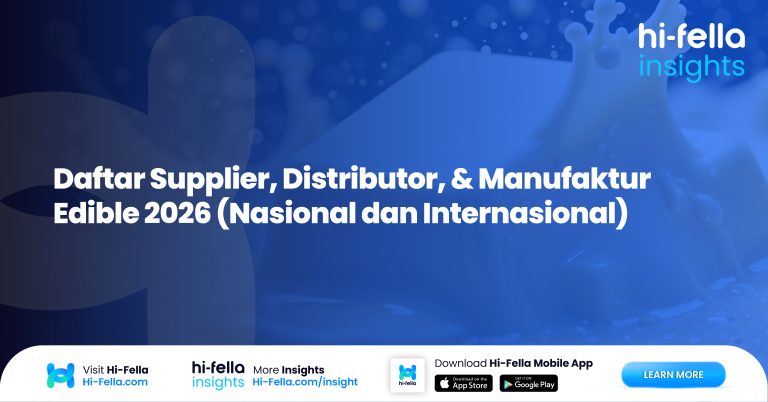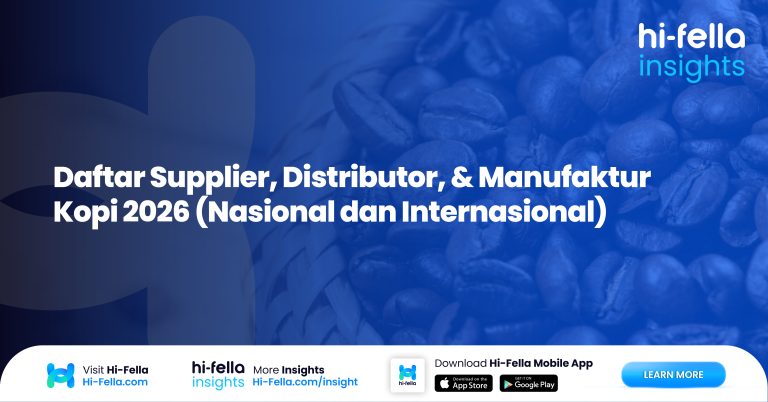The food manufacturing industry is under constant pressure to do more with less. Higher production demands, tighter margins, rising labour costs, and stricter hygiene regulations all point to one direction: automation. And more specifically, robotics.
But while the tech headlines love showcasing futuristic robots slicing sushi or packing chocolates with robotic arms, the real conversation for food businesses is this: Is it cost-effective?
Let’s explore the economic side of robotics in food manufacturing—where it saves money, where it adds value, and how it transforms operations from a cost centre into a strategic advantage.
The Economics of Labour vs. Robotics
Labour has long been the backbone of food manufacturing—but the economics of relying heavily on human workers is starting to break down. Across the globe, especially in post-pandemic economies, food manufacturers are facing chronic labour shortages, high turnover, rising wages, and stricter workplace safety regulations. The combination is making manual labour not only more expensive but also more unpredictable.
Let’s start with turnover. In many food processing plants, particularly those in meat, dairy, or bakery sectors, staff turnover can exceed 100% annually. That means businesses are constantly recruiting, training, and re-training workers—adding hidden costs in both time and resources. Layer on the impact of repetitive strain injuries and workplace fatigue, and you get frequent absences and higher insurance premiums. The result? Production bottlenecks, inconsistent output, and an overreliance on temporary staffing agencies—none of which are cheap.
Now compare that to robotics. A robotic pick-and-place system, for example, may cost anywhere from $80,000 to $200,000 depending on its configuration, payload, and speed. At first glance, that’s a hefty capital expense. But unlike human workers, the robot doesn’t fatigue, take holidays, or request overtime. It can work three shifts a day, every day, without sacrificing quality or output. In high-throughput environments, the cost-per-unit drops significantly once the system is fully integrated. More importantly, robotics ensure a level of process consistency that’s difficult to achieve manually—especially with delicate or precise operations like packaging, slicing, or sorting.
Case Study: Tyson Foods’ Automation Push
Let’s take a real-world example. Tyson Foods, one of the largest meat processors in the U.S., began accelerating its automation investments in response to the pandemic’s labour challenges. The company experienced serious workforce shortages at its poultry and pork plants, which directly impacted its production capacity and sales. In response, Tyson allocated over $1.3 billion toward automation and plant upgrades by 2024.
One of its key investments was in automated deboning systems. These robotic setups are designed to handle chicken processing at speeds that rival human workers—but with fewer injuries, better precision, and lower contamination risk. According to Tyson’s internal reporting, these automation systems are expected to reduce labour costs by 20% to 30% in targeted lines, while also boosting yield through more consistent cutting accuracy.
Even more interesting: Tyson didn’t eliminate jobs entirely. Instead, many of their human workers were retrained to supervise robotic systems, handle maintenance, or shift into quality assurance roles. That means labour is still essential—but now it’s higher-skilled and better compensated, creating a more stable and scalable workforce model.
Reframing Labour Strategy
Robotics shouldn’t be viewed as a replacement strategy—it’s a redistribution strategy. Rather than staffing an entire packaging line with 12 people doing repetitive work, a company might now use 3–4 people to oversee multiple robotic systems, troubleshoot issues, and ensure output quality. This reduces overall staffing pressure and redirects wage budgets toward skilled roles that are easier to retain and train long-term.
There’s also a reputational benefit. Food manufacturers that invest in robotics are increasingly seen as forward-thinking employers, offering safer, less physically demanding jobs. In an industry struggling with recruitment, that makes a difference. Safer, tech-driven jobs attract younger workers who might otherwise avoid factory work altogether.
Bottom Line: Labour Will Always Matter—But Robots Make It Smarter
In the end, the economics of robotics isn’t about replacing people—it’s about creating a more cost-effective, reliable, and scalable production model. Robots absorb the repetitive, fatigue-prone tasks and let humans focus on what they do best: problem-solving, monitoring, and innovating.
When labour costs rise and availability drops, robotics helps close the gap—not just by keeping the lines running, but by building a workforce that’s more strategic and less stretched.
If you’re thinking of upgrading your operations or competing in labour-tight export markets, consider how robotics could rebalance your cost structure—and explore solutions through hi-fella, your platform for export-import growth and manufacturing innovation. Exhibitions, automation partners, and real-time buyer access—it all starts there.
Precision, Speed, and Reduced Waste
In food manufacturing, small errors can have big costs. A human hand might over-portion, mislabel, or underfill. A robot, properly calibrated, will get it right every single time.
The result? Lower material waste, better portion control, and fewer product recalls. In sectors like bakery, meat processing, or snack assembly, even a 2–3% improvement in accuracy can translate into tens of thousands in savings annually.
Speed is another cost-saving factor. Robotic arms or delta robots can pick, pack, and place products at rates no human team could match without burnout. When throughput increases without needing more floor space or shifts, your production efficiency—and revenue potential—rises sharply.
ROI Timelines: Faster Than You Think
One of the biggest myths about robotics is that it takes years to recoup your investment. In reality, the ROI timeline for automation is shortening thanks to more affordable tech, modular systems, and energy-efficient models.
Depending on the process being automated—say, automated cutting, palletising, or packing—some manufacturers see ROI in under 12 months. Add in rising labour costs and compliance demands, and the math gets even more compelling.
The secret is not going fully robotic overnight. Many manufacturers start small—with one line or process—and scale as ROI becomes visible. That makes robotics more accessible, even to mid-sized factories or regional food brands.
Hygiene and Food Safety Advantages
Robotics doesn’t just save labour and increase output—it plays a role in compliance and food safety. Robots, by design, reduce human contact with food. That means fewer contamination risks, better hygiene consistency, and lower chances of costly recalls.
They’re also easier to sanitise than manual lines and can be built with stainless steel, sealed surfaces, and IP-rated components that withstand washdowns. For sectors like meat, seafood, dairy, and ready-to-eat meals, where microbial safety is critical, automation helps reduce risk and regulatory pressure.
And less contamination risk means fewer insurance claims, more confidence from retailers, and greater brand integrity—economic gains that aren’t always obvious on the balance sheet, but very real.
Flexibility and Customisation in Modern Robotics
Today’s food robots aren’t just static machines built for one task—they’re increasingly flexible. Through AI, machine vision, and intuitive programming, robots can be trained to handle multiple SKUs, respond to shape or colour variations, and adapt to new packaging formats.
This flexibility reduces downtime and futureproofs your investment. If a product line changes, you don’t necessarily need to buy a new robot—you just reprogram or retool the existing one.
And as consumer demand leans toward more SKUs, seasonal launches, and customisation, flexible robotics lets manufacturers respond without expanding labour or floor space—a huge cost advantage in competitive markets.
The Hidden Costs to Avoid
While robotics brings clear economic upside, there are also hidden costs to navigate. These might include integration challenges, training staff to manage and maintain robotic systems, or unexpected downtime during setup.
Choosing the right automation partner—and the right robotic solution for your specific production process—is crucial. Not all robots are built for all foods. A frozen pastry line needs different tech than a fresh salad packing line. That’s why manufacturers need access to expert consultations and industry-specific insight.
This is also why engaging with the right platforms and exhibitions—where robotics vendors meet food manufacturers—can speed up the learning curve and save you from costly mismatches.
Why hi-fella Makes Robotics Smarter (and More Profitable)
If you’re considering robotics for your food manufacturing process, don’t go it alone. hi-fella connects you with the broader export-import ecosystem, including exhibition opportunities where automation and food tech providers showcase cutting-edge solutions.
hi-fella doesn’t just help you discover new markets—it helps you discover the tools to compete in those markets. Whether you’re looking to upgrade your factory, reduce export risk through better compliance, or meet buyers demanding traceable, safely processed food, robotics and hi-fella go hand-in-hand.
It’s not just about machines—it’s about smarter manufacturing, strategic investment, and global readiness.
Robotics Is an Investment in the Future of Food
Robotics is no longer the future—it’s the present. And in food manufacturing, it’s proving to be not just a productivity booster, but a cost-saving, risk-reducing, and profit-enhancing tool. When implemented thoughtfully, it improves nearly every metric that matters: from yield to hygiene to customer satisfaction.
The question isn’t “Can we afford robotics?”—it’s “Can we afford not to?”
So if you’re ready to explore automation, scale your food business globally, and connect with partners who understand your market and manufacturing needs—turn to hi-fella. The platform built for food innovators, exporters, and manufacturers ready to move forward.


